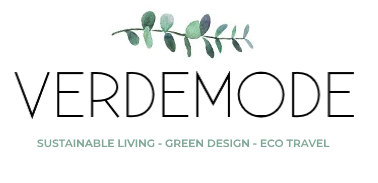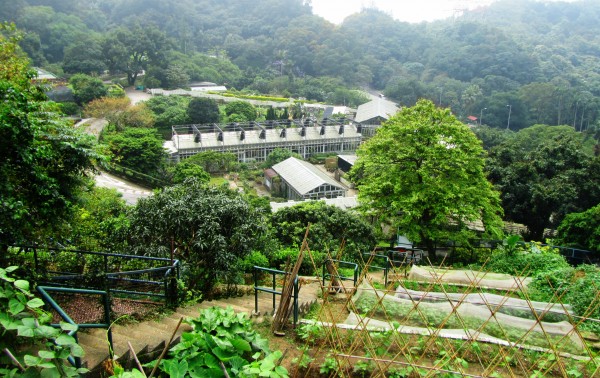Tucked away in the heart of Hong Kong’s New Territories, on the northern slopes of Tai Mo Shan mountain, is a little known visitor attraction where native biodiversity, nature conservation and education are watchwords.
What comes to mind when you think of Hong Kong? Skyscrapers, traffic, bustling commerce and air pollution? In fact, the geographical location of Hong Kong (spread out, as it is on the mainland and over 200 islands) makes it a vital biodiversity region.
But the chairman of the Kadoorie Farm and Botanic Garden, Andrew McAuley, says protecting this unique area and its endangered species “in the face of development pressure is an ongoing battle”.
Kadoorie Farm has always been visionary. It was founded by Horace and Lawrence Kadoorie in the 1950s to help refugee farmers from China. The Hong Kong government provided land and other assistance, and the Kadoorie brothers worked tirelessly to establish improved farming infrastructure and low-interest loans to help migrant families.
In the 1990s, Kadoorie moved with the times and reinvented itself as a centre for wildlife conservation and nature education. It has evolved from a farming charity into a tourist attraction that is both much-beloved and effective as an engine room for promoting sustainable living.
Various tours and workshops highlight an abundant biodiversity you may not expect of a region so close to the concrete jungle of Hong Kong city. There are leopard cats, mongooses, porcupines and pangolins, barking deer and macaques in these hills.
Around 2,000 visitors arrive each week to explore the many quirky corners of Kadoorie and take part in night safaris, tree planting, nature fun days, art camps and more. There is a café serving delicious vegetarian food.
Veteran environmental activist Bruce Nixon (author of A Better World is Possible) recently visited Kadoorie and described it as a place where the principles “of living lightly on the Earth and respecting and working with nature are put into practice”. It is an “exceptionally beautiful and exemplary sustainable vegetable and fruit farm created in a beautiful sloping site”, he says.
Kadoorie is also home now to an important wildlife rescue centre and raptor sanctuary. Hong Kong is a hub for the lucrative illegal trade in wildlife and over 26,000 injured and endangered animals have been confiscated and rescued.
With many different microclimates around the site, the farm has become a pool for regional plant biodiversity. Through the South China Biodiversity Programme there is a strong focus on restoring native forests and protecting threatened species through the native tree nursery and the laboratory where the genetic make-up of rare species is analysed.
The value of biodiversity in sustainable living, alongside working with local communities, has become a key part of the mission of the modern Kadoorie Farm and Botanic Garden. They run eco-farming and eco-health programmes, promoting organic farming practices and running urban farming courses.
The latest project is a Green Hub for sustainable living, based in heritage buildings donated by the government. A local vegetarian café, community markets and courses are all set to open later in 2013.
Andrew McAuley describes the goal of Kadoorie as being “to demonstrate and inspire an integrated approach towards living in harmony with our environment”.
For visitors to Hong Kong it makes an inspiring day trip to an older, greener place that has many lessons for all of our futures.





Pingback: Community Gardens: Your Home-Away-From-Home